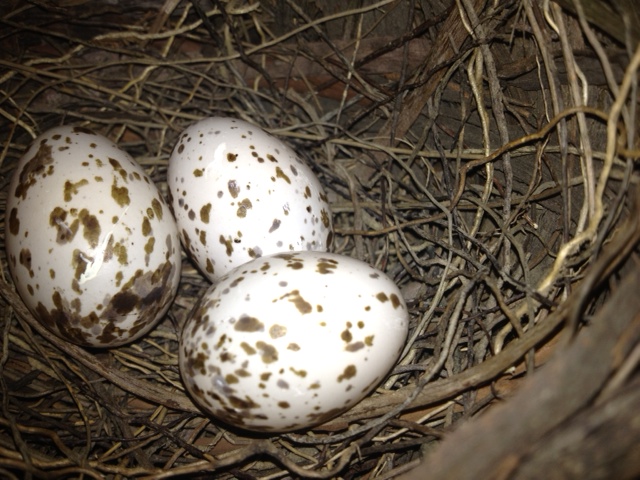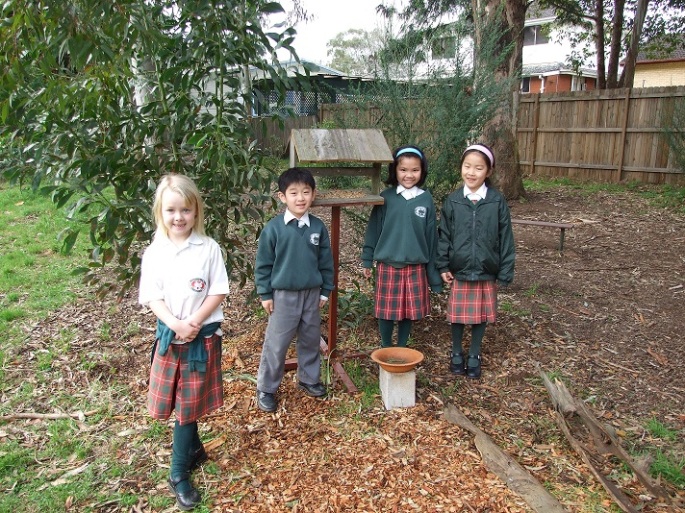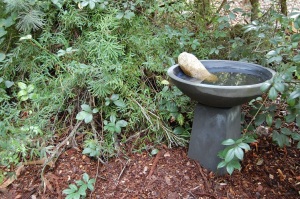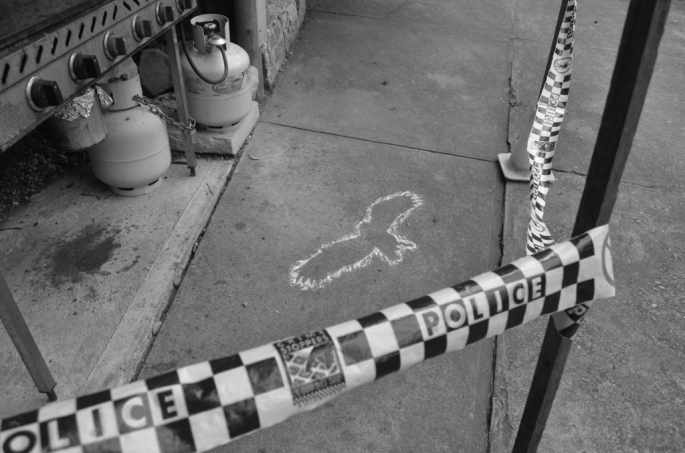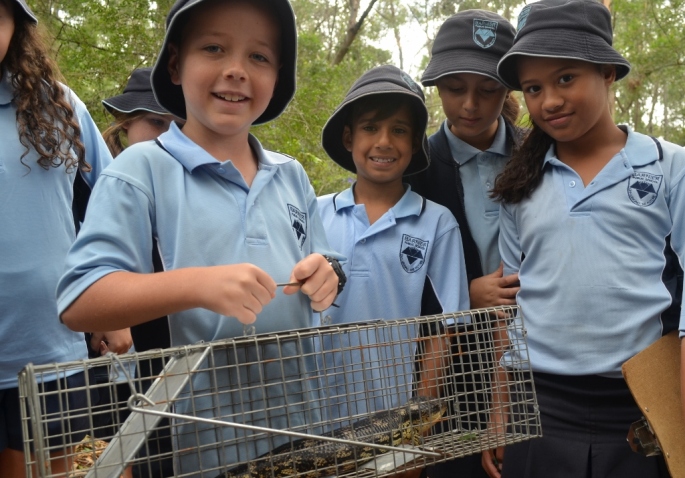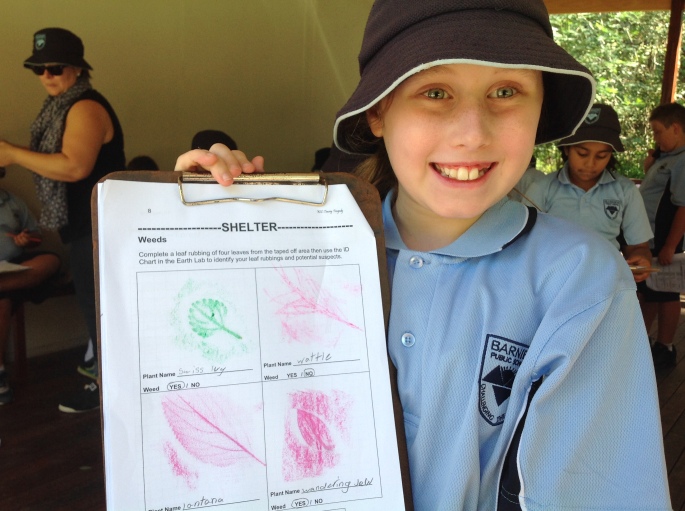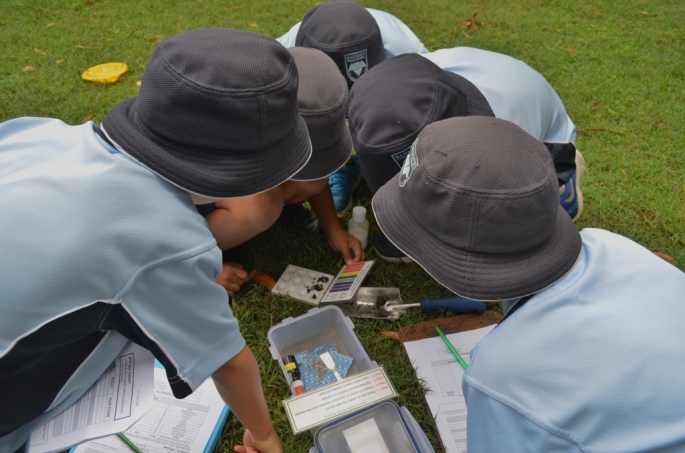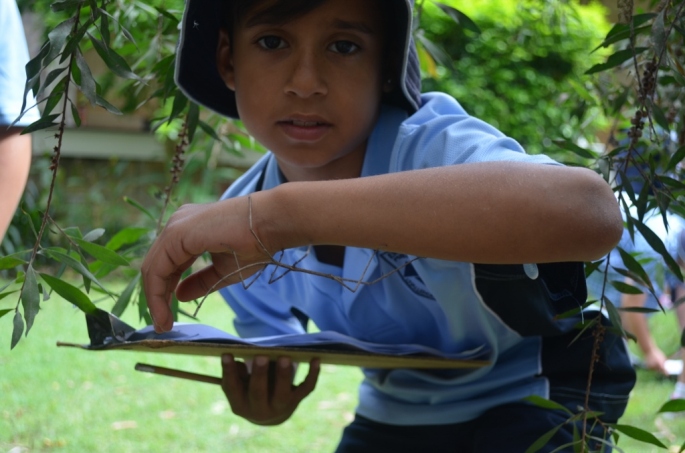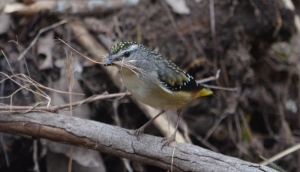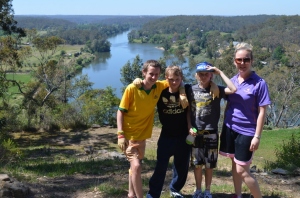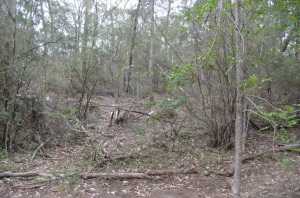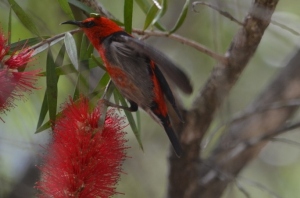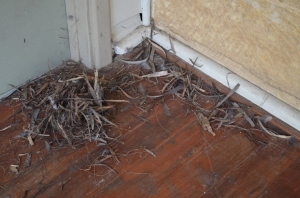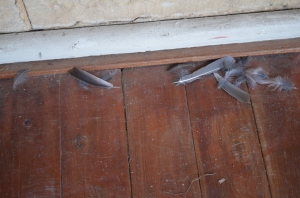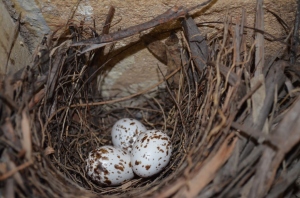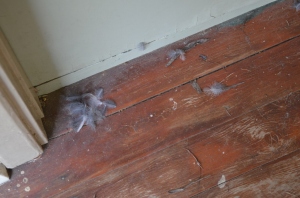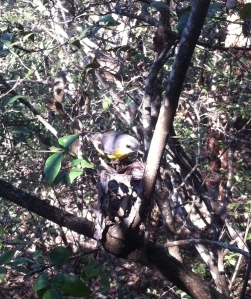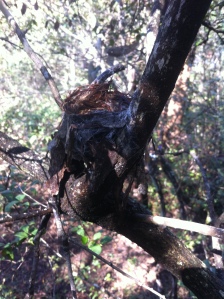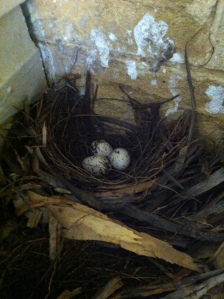Imagine if trees in the Sydney basin were humans and we could age group them into babies, infants, children, teenagers, young adults and so on. What would be the age demographic near you? Here at Brewongle we have some teenagers, young adults and a smattering of adults, but very few grandparents. These thoughts entered my head today via an arborist who gave me pause to consider the different time scale that trees live by. In a human lifetime, a eucalypt tree may only just be entering young adulthood.
We humans have successfully removed most of the grand old gnarly, hollow bearing, life giving, shady, deep rooted, beautiful, wise trees from our parks, bushland, backyards and reserves. They have become mulch, firewood, houses and are often removed as ‘dangerous’. They are now nothing but a shadow in an earthly memory. Many of us will never live to see our current trees grow to a grand old age where limbs are sagging and the tree has become a hotel for literally millions of living things. 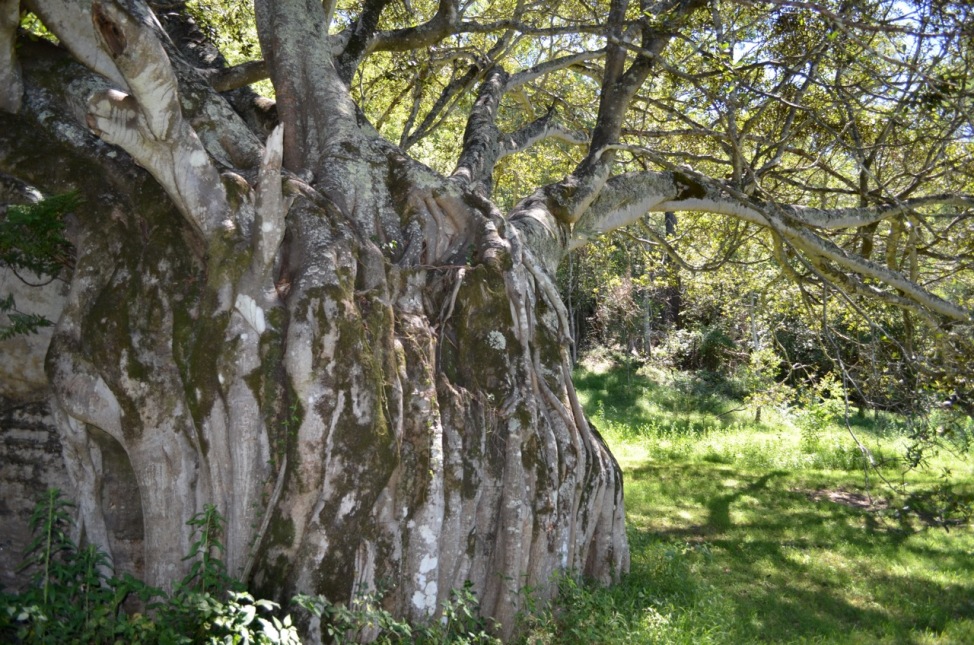 So where are my wistful ramblings leading you ask? Well, I do have a point….. and that is that due to our propensity for chopping trees, we are severely lacking in habitat spaces for many of our tree hollow loving native critters (over 300 species need hollows). Question is, what can we do about it? – especially in a highly urbanised city like Sydney? One immediate answer is to build replacement habitat. We are a hasty species compared to trees and other homeless creatures don’t have the time to wait for trees to form hollows on their own (100 yrs or more), so we can augment young trees with nest boxes and other homely developments for our furry and feathery friends.
So where are my wistful ramblings leading you ask? Well, I do have a point….. and that is that due to our propensity for chopping trees, we are severely lacking in habitat spaces for many of our tree hollow loving native critters (over 300 species need hollows). Question is, what can we do about it? – especially in a highly urbanised city like Sydney? One immediate answer is to build replacement habitat. We are a hasty species compared to trees and other homeless creatures don’t have the time to wait for trees to form hollows on their own (100 yrs or more), so we can augment young trees with nest boxes and other homely developments for our furry and feathery friends. 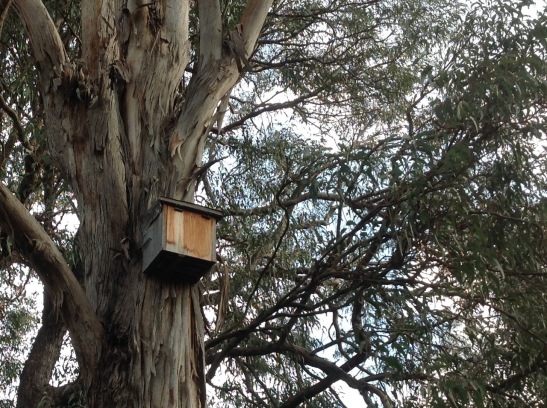
Many schools, councils, landcare groups, government agencies and individuals have put up nest boxes in the hope of providing a home for a willing local species. Here at Brewongle we have a nest box trail that is in need of some maintenance and care. Today I attended a brilliant day organised by Greater Sydney Local Land Services (The old CMA people with a new name). “Hollows for Habitat” showcased best practice in nest boxes and improving hollows for fauna habitat. I would like to share with you some of the best bits and give you food for thought if you currently have, or are thinking of installing habitat boxes. Here are some questions to ask yourself before buying, making and installing nest boxes:
- What is your target species?(what sort of tenant do you want in your box?)
- Are these species already in your area? If not how will they find your box? (“If you build it, will they come?”)
- Do you target a threatened, or common species?
- Is there food sources for your target species nearby?
- How does your box meet the needs of your proposed tenant? (ie opening size, number of bedrooms…)
- How will you exclude unwanted squatters (like brush-tailed possums)
- How long do you want your box to last (as long as possible?)
- How will you attach it to the tree without causing undue damage and allowing for tree growth?
- How high on the tree?
- What aspect will it be facing?
- How will you monitor who takes up your ‘for lease’ ad in the local wildlife gazette?

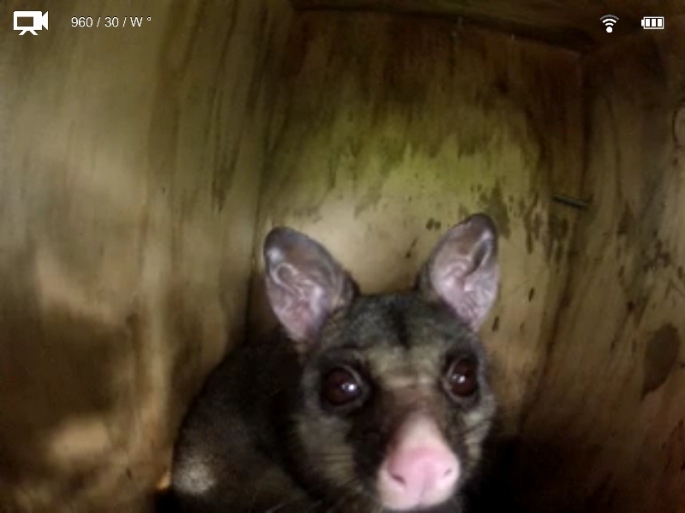 As ‘nestboxing’ (my term) seems to be an emerging science, many of these questions may be answered by trial and error. Here is some things I learned today.
As ‘nestboxing’ (my term) seems to be an emerging science, many of these questions may be answered by trial and error. Here is some things I learned today.
- It may take a while for animals to take up your lease and move in on any sort of permanent basis. Be patient.
- Marine ply boxes do not last long. Lid failure is a major issue.
- Hardwood (timber mill offcuts are good) is longest lasting for box structure (maybe up to 25 years), but is heavy (causing sweat and swearing during installation)
- Openings facing the trunk reduce the chance of bees and possums excluding your desired species.
- providing bedding material (ie peat moss or dry mulch) and a ‘ladder’ (ie grooves in face plate) near entrance and inside will make it more attractive to prospective tenants.
- A hinged lid makes for easier monitoring. Rubber hinges can replace metal that will rust.
- Using strapping and tech screws to attach to the trunk will cause stress to the tree and will not last long.
- Two suggested attachment methods – wire around trunk with protective outer plastic coating (ie garden hose) and ziz zags in the wire to allow for stretching as tree grows. 2nd method suggested by arborists – drill right through the trunk and attach with a large bolt and nut.
- Ensure it is watertight and dry – drill any holes facing down so water does not enter
- A side opening can make for easier monitoring – especially bat boxes
- Avoid paint near entrance hole as many animals will chew on this.
- PVC boxes are lightweight, cheap and easy to install but are poorly insulated and will not withstand fire!
- Design your box for your species – there are now plenty of successful designs out there. Ask for help from local council or other agencies.
- Monitor how well it works! Use cameras, manual observations to discover species use. Data can easily be uploaded to the Atlas of Living Australia website so it benefits us all! They can help with species ID too.
- Think of ground hollows, aquatic hollows and perches and other coarse woody material on your site.

It was inspiring to hear of many councils who are attempting to retain dead trees and ‘dangerous’ trees in the landscape and augment them with artificial, chainsaw made hollows. This was really interesting and is also a way to speed up the decay process that makes hollows. A dead tree may be pruned, then artificial hollows created by an arborist. We had a demonstration by a very skilled arborist on a cut stump.










